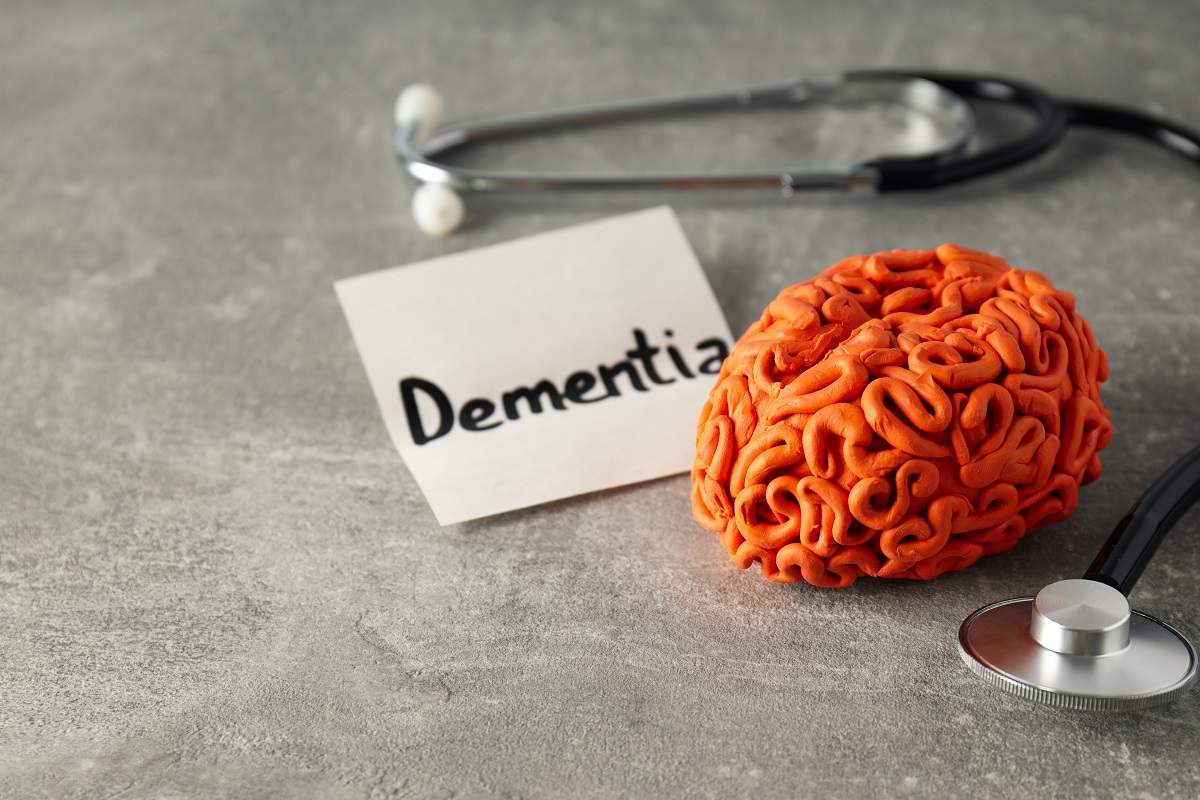Creutzfeldt-Jakob disease (CJD) is a brain condition that leads to dementia. It occurs quite rarely and belongs to a group of animal and human diseases known as prion disorders. The CJD symptoms often are similar to those of Alzheimer’s disease. The only difference is that CJD worsens faster and leads to death.
The first time when CJD received public attention was in the 1990s after some people developed this condition after eating diseased cattle meat. In any case, most CJD cases were diagnosed due to other causes. All Creutzfeldt-Jakob disease types are very rare but very serious health conditions. Approximately 1-2 people are diagnosed with CJD out of 1 million each year worldwide. Commonly, older people get this condition.
Symptoms
Usually, people with this brain disease experience mental ability changes. In some cases, even within a few weeks, the symptoms can worsen significantly. Check below some CJD early symptoms:
- Memory loss
- Coordination problems
- Difficulty swallowing
- Sudden movements
- Vision changes (including blurred vision or even blindness)
- Personality changes
- Impaired thinking
In most cases, death occurs in people with CJD within a year. However, they die due to medical conditions provoked by CJD. These include swallowing problems, falls, heart problems, lung failure, pneumonia, or other infections.
Another early CJD symptom is reduced mental abilities. Dementia usually appears over time and a person experiences loss of memory and ability to think and remember.
Causes
Certain changes to a protein type known as prion usually provoke this brain disease. These proteins are produced naturally in the body and they help to fight against infectious prions. Furthermore, prions can become another shape and spread throughout the body causing health problems.
How do Prions Fold?
In normal circumstances, these proteins are produced in the human and animal brain and they are harmless. However, if the proteins become deformed, it may lead to CJD in humans and diseases in cattle.
How Does CJD develop?
Generally, the risk of developing this condition is quite low. Moreover, it cannot spread from one person to another through coughing, sneezing, or sexual contact. Check below the ways of CJD development:
- Sometimes – This type is also known as sporadic or spontaneous CJD. It is considered the most common CJD type and usually happens without any reason.
- Inheritance – Less than 15% of CJD cases are inherited from biological parents or have a family history. A gene mutation (PRNP) causes prion protein to provoke genetic forms of the condition. However, Gerstmann-Straussler-Scheinker syndrome also can occur due to this gene mutation.
- Contamination – In such cases, certain medical procedures can lead to CJD but it is rare. The procedures include injections of the pituitary human growth hormone from an infected source, cornea, and skin transplant from people with CJD, and after brain surgery with contaminated tools. In any case, nowadays medical centers have changed procedures to avoid the risk of CJD spreading. Thus, if tools are contaminated with CJD after the procedure they are destroyed.
What Are The Risk Factors for CJD?
The following risk factors are associated with CJD. Check below some of them:
- Age – This brain condition usually develops in older people (around 60 years old).
- Genetics – In such cases, people develop CJD due to genetic mutation.
- Exposure to contaminated tissue – Some people receive this condition when get injected with infected human growth hormone. Moreover, a transplant of dura mater (a protective tissue that covers the brain), increases the risk of iatrogenic CJD.
Complications
This condition causes serious effects on the body and brain and often worsens quickly. People with CJD in most cases withdraw from parents and friends, have a coma, and cannot care for themselves. In addition, this brain condition is always fatal.
Diagnosis
This brain disease usually is confirmed after a person dies through autopsy or biopsy. However, healthcare professionals can diagnose this condition before death based on your medical and family history. They can also perform a neurological examination and some diagnostic tests. If you experience any of the following symptoms they can point CJD. Examples include:
- Vision problems (such as blindness)
- Coordination issues
- Changes in reflexes
- Muscle twitching and spasms
Check below what tests help doctors diagnose CJD:
- Electroencephalogram (EEG) – This test helps to determine the electrical activity of the brain.
- Magnetic resonance imaging (MRI) – This test helps to see detailed images of the head and body.
- Spinal fluid tests – This test helps to exclude other similar CJD diseases.
Treatment
There are no effective treatments for CJD despite many tested medications. In any case, physicians try to relieve the symptoms and improve the patient’s quality of life as much as possible.
Prevention
Unfortunately, there is no effective way to prevent this brain condition. In case you have a family history or neurological disease, you may need to discuss it with a genetic counselor.
Moreover, hospitals and other medical institutions often prevent the spreading of CJD. For example:
- At this time, doctors use only human-made human growth hormones instead of human pituitary gland hormones.
- After doing certain medical procedures, healthcare professionals destroy tools if there is a risk of CJD.
- Single-use kits for lumbar puncture (also known as spinal taps)
In addition, people who are at risk of getting CJD cannot donate blood in the U.S. For example:
- If you were diagnosed with familial CJD
- In case you received surgery that changes the brain’s dura mater (a covering brain tissue)
- You get human growth hormone from cadavers
Frequently Asked Questions
What are CJD symptoms?
- Balance and coordination loss
- Personality and behavior changes
- Memory and intellect loss
- Vision problems (such as blindness)
- Abnormal movements
- Slurred speech
- Progressive brain function and mobility loss
In case you notice any of the following symptoms, immediately contact a healthcare professional.
What are Creutzfeldt-Jakob disease stages?
- Infection with the condition
- Severe malnutrition
- Sometimes, dementia
- Reduced ability to interact with other people and function
- Death
Consult with your physician for more details.
Is it possible to cure CJD?
However, there is no effective treatment for this brain condition but the National Prion Clinic is investigating possible treatment methods. Nowadays, if you are diagnosed with CJD you can get medications that help to lessen the symptoms only. If you have any other questions, ask your doctor.




